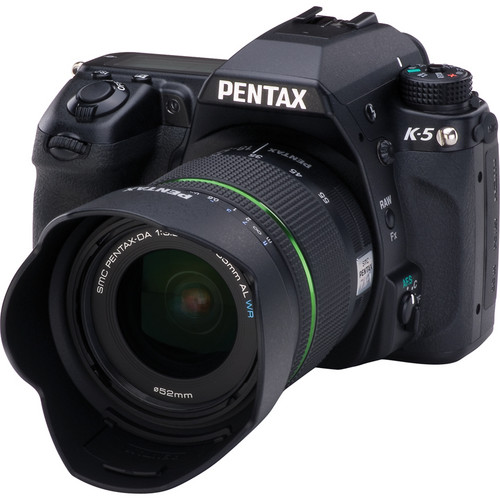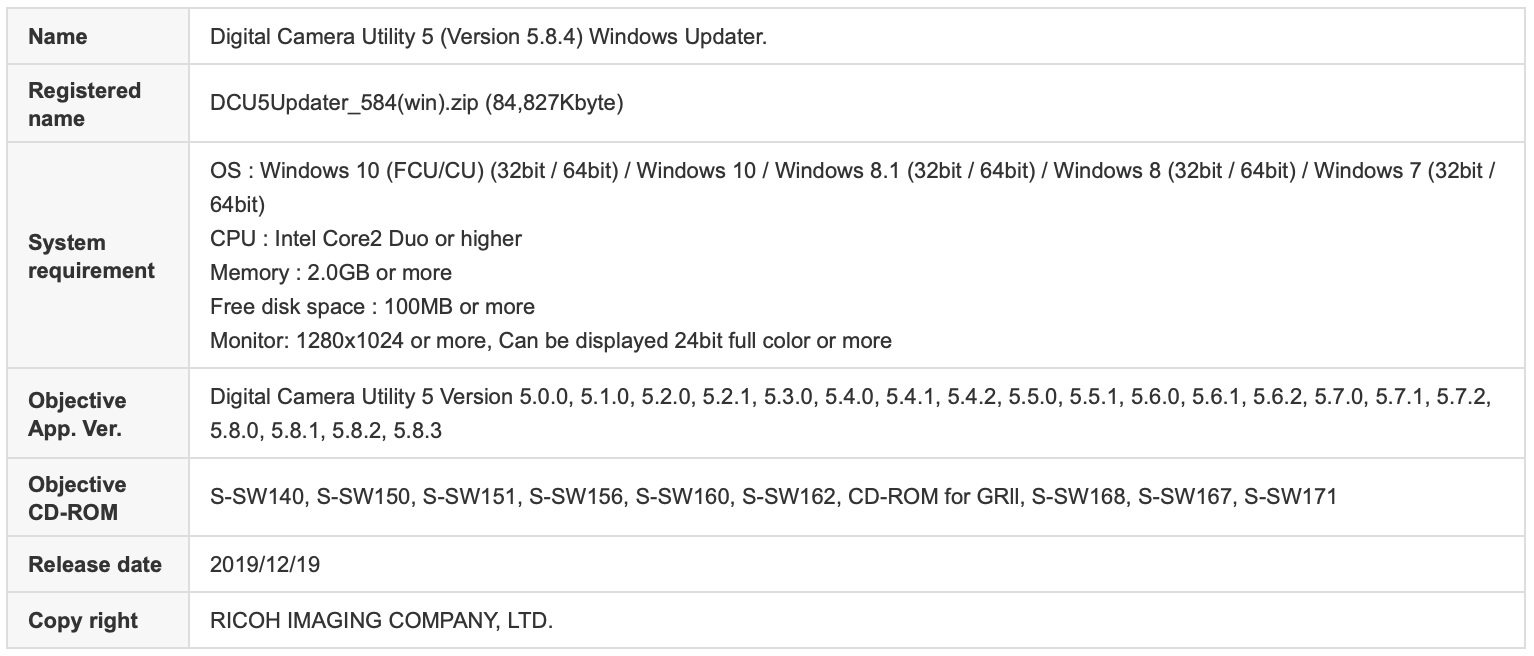

- #DIGITAL CAMERA UTILITY 5 FOR PENTAX K X FULL#
- #DIGITAL CAMERA UTILITY 5 FOR PENTAX K X SERIES#
The problem of mirror black-out was one of the main problems with prior SLR designs, greatly reducing usability and a major reason for the greater popularity of the rangefinder. With the IIB a key advance was made: the quick-return mirror. It went through some minor modifications for flash use, resulting in the IA. The Asahiflex I had a non-returning mirror and shutter speeds from 1/25 to 1/500. The Asahiflex I had a non-interchangeable waist-level viewfinder, with a direct optical viewfinder for eye-level use. The camera was designed by two engineers who had previously worked at Konishi (Konica). According to other sources, it was a pre-war Reflex Corelle, owned by president Mr. This is, however not very likely, since the cameras are very different in mechanical construction and form, although the specifications show many similarities. In the case of the Asahiflex, study should be made of the immediate pre-war and immediate post-war models of the Praktiflex, which could be properly called the inspiration for the Asahiflex. There has always been a close design relationship between the products of Asahi, and those made in Germany (and later East Germany) by a variety of manufacturers, most notably Zeiss Ikon.
#DIGITAL CAMERA UTILITY 5 FOR PENTAX K X FULL#
2016: Pentax was the first to introduce a weather resistant and backside illuminated flexible tilt type LCD monitor with their first professional full frame DSLR.

The camera was the 645Z with a 101 DxO score
2014: The world's first to achieve a score above 100 at DxO. 2012: The first mirrorless camera to natively support a SLR lens lineup. 2012: The world's first medium format DSLR without IR cut filter especially for research, archival, and law enforcement use. 2011: The world's smallest and lightest interchangeable lens camera (ILC) in a body significantly smaller than every other digital ILC body available on the market. 2010: The world's first to introduce a digital medium format SLR camera. 2008: The world's smallest digital SLR camera equipped with an image sensor equivalent to the APS-C size format is launched. 1997: The world's first autofocus medium format SLR camera. 1995: The world's smallest autofocus SLR camera designed based on the concept of "intuitive operation" is launched. 1991: The world's first weather-resistant zoom compact camera is launched. 1987: The first 35mm SLR camera to feature a built-in TTL auto flash (SF-1). 1984: The world's first multi-mode medium format camera. 1981: The first camera manufacturer to reach the production milestone of 10 million SLR cameras (Asahi Optical). 
1980: The world's first through-the-lens autofocus camera.1979: The world's first camera to incorporate the concept of push-button shutter speed control.1976: The smallest and lightest SLR camera ( Pentax MX and ME).1976: The world's first gallium arsenide light meter in a SLR (developed in conjunction with Nippon electronics).1971: The world's first Super Multi-Coated lenses (Takumar lens series).1971: The world's first SLR camera with a TTL automatic-exposure control.1967: Opening of the first camera museum in Japan owned by a camera manufacturer located at Nishiazabu, Tokyo(Moved to Mashiko plant in 1993).
 1966: Asahi is the world's first camera manufacturer to produce one million SLRs (after only in 14 years of manufacturing). 1964: The world's first through-the-lens (TTL) metering system (Spotmatic). 1954: The world's first instant return mirror system (Asahiflex II). 1952: The first Japanese SLR (Asahiflex). This was the background to the development of Asahi Optical's first camera. The Korean War saw a huge influx of journalists and photographers to the Far East, where they were impressed by lenses from companies such as Nikon and Canon for their Leica rangefinder cameras, and also by bodies by these and other companies to supplement and replace the Leica and Contax cameras they were using. The newly reborn industry had sold many of its cameras to the occupation forces (with hugely more disposable income than the Japanese) and they were well received. The period around 1950 marked the return of the Japanese photographic industry to the vigorous level of the early 1940s, and its emergence as a major exporter.
1966: Asahi is the world's first camera manufacturer to produce one million SLRs (after only in 14 years of manufacturing). 1964: The world's first through-the-lens (TTL) metering system (Spotmatic). 1954: The world's first instant return mirror system (Asahiflex II). 1952: The first Japanese SLR (Asahiflex). This was the background to the development of Asahi Optical's first camera. The Korean War saw a huge influx of journalists and photographers to the Far East, where they were impressed by lenses from companies such as Nikon and Canon for their Leica rangefinder cameras, and also by bodies by these and other companies to supplement and replace the Leica and Contax cameras they were using. The newly reborn industry had sold many of its cameras to the occupation forces (with hugely more disposable income than the Japanese) and they were well received. The period around 1950 marked the return of the Japanese photographic industry to the vigorous level of the early 1940s, and its emergence as a major exporter. #DIGITAL CAMERA UTILITY 5 FOR PENTAX K X SERIES#
3.2 Asahi-Pentax Series (pre Spotmatic).








 0 kommentar(er)
0 kommentar(er)
